Research Areas
Current Research Projects
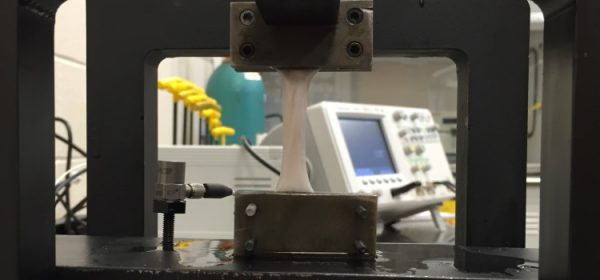
2014-present
The research objective of this award is to integrate optical instrument designs, biomechanical, biochemical, and microstructure analyses to elucidate and characterize relationships between collagen fiber re-alignment and failure under dynamic loading conditions. Tendon-to-bone insertions are functionally-graded connective tissues whose anisotropic biomechanical functions depend intimately on the regional biochemical composition and structure, thus functioning to alleviate stress concentration at the junction of these tissues. Studies conducted under this award will expose and quantify properties of tendon-to-bone insertions subjected to different magnitudes of loading, associated loading time-scales (e.g., strain rate), mutual interactions, as well as the order in which these events occur. In parallel, constitutive and finite element models will be developed to predict the response of tendon-to-bone insertions under different loading conditions.
STUDENT(S):
COLLABORATOR(S):
- Hsiao-Ying Huang, NCSU (PI of project),
- Kara Peters, NCSU, (Co-PI)
SPONSOR(S):
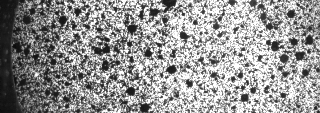
2012-present
This research objective is to understand the material response when subjected to shock loading. This often results in a multiaxial stress state that changes the response of the material. We have recently developed a method to rapidly heat the sample so that we can perform simulated lighting strikes. The material properties can be backed out as a function of loading rate and compared to data obtained from the Hopkinson bar.
STUDENT(S):
- Brandon Hearley
COLLABORATOR(S):
- Kara Peters, NCSU, (Co-PI)
SPONSOR(S):
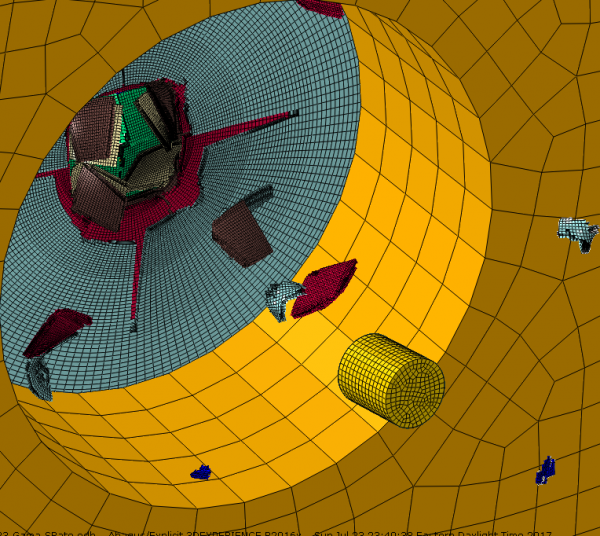
2015-present
This work is focused on understanding the damage of composite materials subjected to impact. Both low velocity and high velocity impacts are modeled to capture their dynamic response. Specific work has been focusing on different types of through thickness reinforcement (Z-pins, stitching, tufting). To understand their impact on the spread of delimitation along with their impact on residual strength.
STUDENT(S):
- Shreyas Joglekar
COLLABORATOR(S):
SPONSOR(S):
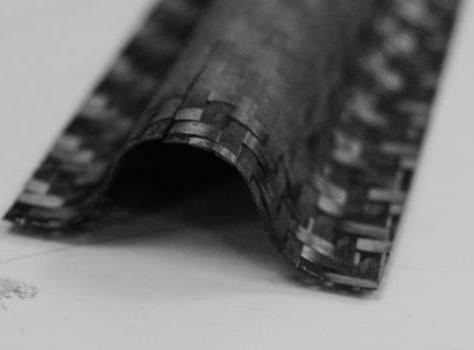
2013-present
Development of flexible composiites structures for space applications. These strurctures rely on high strength to weight ratio of composites allowing for thin composite materials to create rigid structures. The bi-stable configuration works in a similar manner to theway a tape measure works.
STUDENT(S):
- Jordan Firth
COLLABORATOR(S):
SPONSOR(S):
2013-present
This work is focusing on the fabrication of dual matrix composites that have the ability to store energy elastically when bent. This allows for the intersection of stiff structural materials with an efficient packing method in Origami. The result is structural materials that have the ability to fold, while maintaining a structural network of fibers throughout the hinges.
STUDENT(S):
- Cody Chadwell
COLLABORATOR(S):
SPONSOR(S):
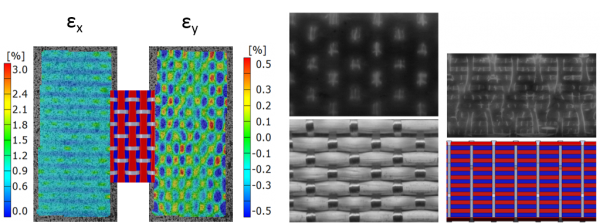
2010-present
Extensive expertise for characterization of textile composite materials. Experiments have shown direct architecture dependent failure responses for these materials and these methods have the ability to capture these localizations that occur in these materials.
STUDENT(S):
COLLABORATOR(S):
SPONSOR(S):
Composite Modeling and Damage Prediction

2015-present, Pankow:
This research is on numerical simulation of damage progression in composite laminates. Progressive damage simulations for composite laminates using finite elements traditionally have been performed using models consisting of solid elements with a mesh refinement of at least one element per ply. High-fidelity simulations of this nature, while useful for certain tasks, often require a lengthy model development time, a high level of user expertise, and considerable computational resources. The “enriched” shell element model is intended to capture the same physics occurring during low-velocity impact or compression after impact damage processes that a high fidelity model would but in a more efficient manner that demands less computationally and requires less user expertise. Accordingly, the enriched shell element is capable of performing three dimensional laminate damage simulations that involve interacting delaminations and transverse matrix cracks. Additionally, while low-velocity impact and compression after impact damage are the ultimate simulation goals for the enriched shell model, actual data for these types of damage in a real structure is too complex for model development purposes. Therefore, part of the shell model development involves gathering experimental data from indentation and impact tests where just two delaminations growing and interacting with one another in a laminate specimen can be characterized and understood in detail. These data are used to both inform the model formulation and for validation purposes.
Student(s):
Collaborator(s):
- Kevin O’Brien,
Sponsor(s):
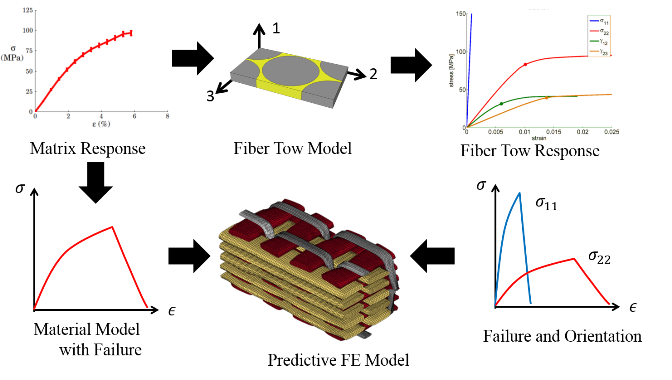
2014-present, Pankow
Computational modeling of 3D woven composite materials. These models include failure mechanisms and rate dependent material properties.
STUDENT(S):
- Shreyas Joglekar
COLLABORATOR(S):
SPONSOR(S):

2015-present, Pankow & Peters
Personal Protection Systems are capable of protecting people from various different projectile threats. However, these systems can still lead to serious injury. Understanding the deformation time history is paramount to understanding how the energy transfers to the wearer and results in injury. This inforamtion will lead to development of the next generation of protection systems better able to mitigate the energy.
STUDENT(S):
COLLABORATOR(S):
- Kara Peters, NCSU, (Co-PI)
